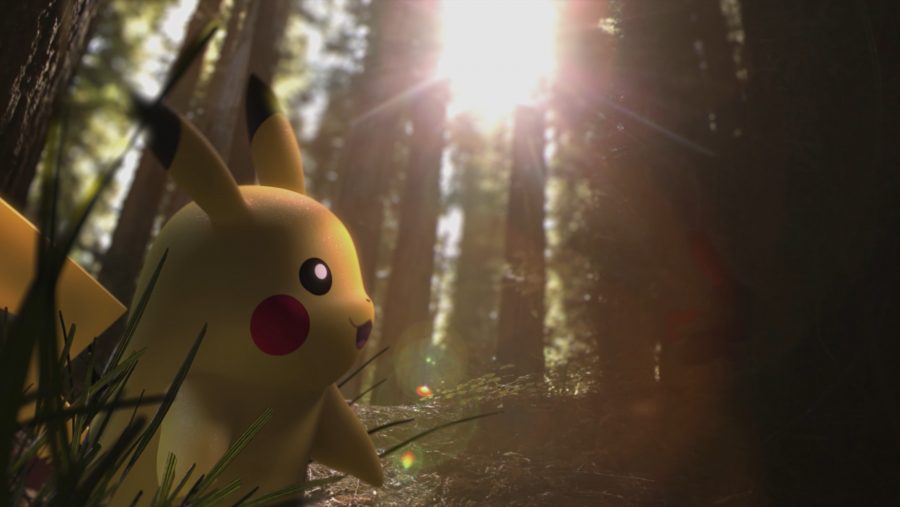Eggs have been a relatively standard feature in Pokémon GO for a while now. They initially came in three varieties, all of which were found by spinning Pokéstops. However, a lot has happened since their introduction.
There are now five different types of eggs that are obtained through different in-game methods, and each type requires you to walk different distances to hatch them. The Pokémon you can get from each egg is also constantly changing. This guide will help you earn more eggs, and will also give some handy info on the best ways to hatch them.
How to get Pokémon GO eggs
The three methods of getting eggs in Pokémon GO are to spin PokéStops, open gifts from friends, or defeat Team Rocket Leaders. You can only carry nine eggs at a time, so you’ll only obtain new eggs once you’ve got a slot available.
Each method listed above earns you different qualities and types of egg. Spinning PokéStops awards you with 2km, 5km, and 10km eggs. Opening gifts can get you a 7km egg. Taking on Team Rocket is how you get 12km-distance eggs.
The Pokémon you can hatch from eggs is constantly changing and being updated. However, with 7km and 12km eggs, there is a general rule of thumb as to what kind of creatures will be within them.
7km eggs tend to include regional variants of Pokémon, baby Pokémon, or Pokémon that coincide with themed events. Because they are earned from Team Rocket, 12km eggs always contain a Pokémon that has either a Poison or Dark typing. You can find out what other ‘mons they are strong or weak against with our handy Pokémon type chart.
What’s in my Pokémon GO eggs?
Every few weeks, Niantic will shake up the pool of Pokémon that can hatch from certain types of eggs. This isn’t shown in-game, which can be frustrating when it comes to deciding which egg to incubate next.
In our opinion, the best resource for keeping track of these changes and seeing which Pokémon are in each egg pool is Serebii’s Pokémon GO egg chart.
Egg hatching tips in Pokémon GO
Before you go, we want to give you some handy tips for hatching Pokémon eggs as efficiently as you physically can. They range from the best way to use incubators, settings to have enabled, and things to keep in mind while hatching eggs.
- You can only have nine eggs on you at any given time, including eggs that you have in Incubators. In order to get more eggs, you’ll need to walk to hatch the eggs currently on you to free up an egg slot.
- You’ll always have one incubator with an infinite number of charges, but you can buy more from the shop. Regular Incubators cost 150 Pokécoins, while Super Incubators cost 200. All bought Incubators have three uses before they break.
- Bundles of useful items will usually contain multiple Incubators, which might be a more cost-effective way of getting more. But remember, only buy what you can afford, and make sure you’re being savvy with the current deals if you do.
- Super Incubators hatch eggs at half the regular hatch rate – that means a 12km egg will hatch after just 6km, if it’s in a Super Incubator.
- It’s better to use the permanent, unlimited-use incubator to hatch 2km and 5km eggs, and the Super Incubator for the valuable 7km, 10km, and 12km eggs.
- Try to save incubating larger eggs for events. In the ‘Today’ tab, reached by tapping the binoculars on the main screen, you will occasionally see a perk that says something like ‘1/2 Hatch Distance’. These are the best times as the effect of Super Incubators stacks, so a 12km egg will only take around 3km of walking to hatch if you use a Super Incubator when a 1/2 hatch distance event perk is active.
- If you have Adventure Sync enabled, you do not need to have Pokémon GO open in order to have your steps count towards hatching the eggs.
- Travelling at speed (for example, in a car) will not count towards your walking distance. You can tell when you’re going too fast when your game stops spawning Pokémon, or you get the message warning you not to play Pokémon GO while driving.
- GPS is not precise for measuring steps. If you find your character walks a little bit when your phone is still, these steps count towards hatching your egg.
- The CP of your hatched Pokémon is tied to your trainer level at the point where you obtained the egg, not when it hatches.
You should now know which eggs you need to hatch to get the Pokémon you want, as well as the best methods for hatching eggs. Some of these are the best Pokémon to use in PVP battles, while others are essential for filling the Pokédex. If you’ve just hatched an Eevee from a 5km egg, our Eevee evolutions guide will tell you how to evolve them into your desired evolution.

